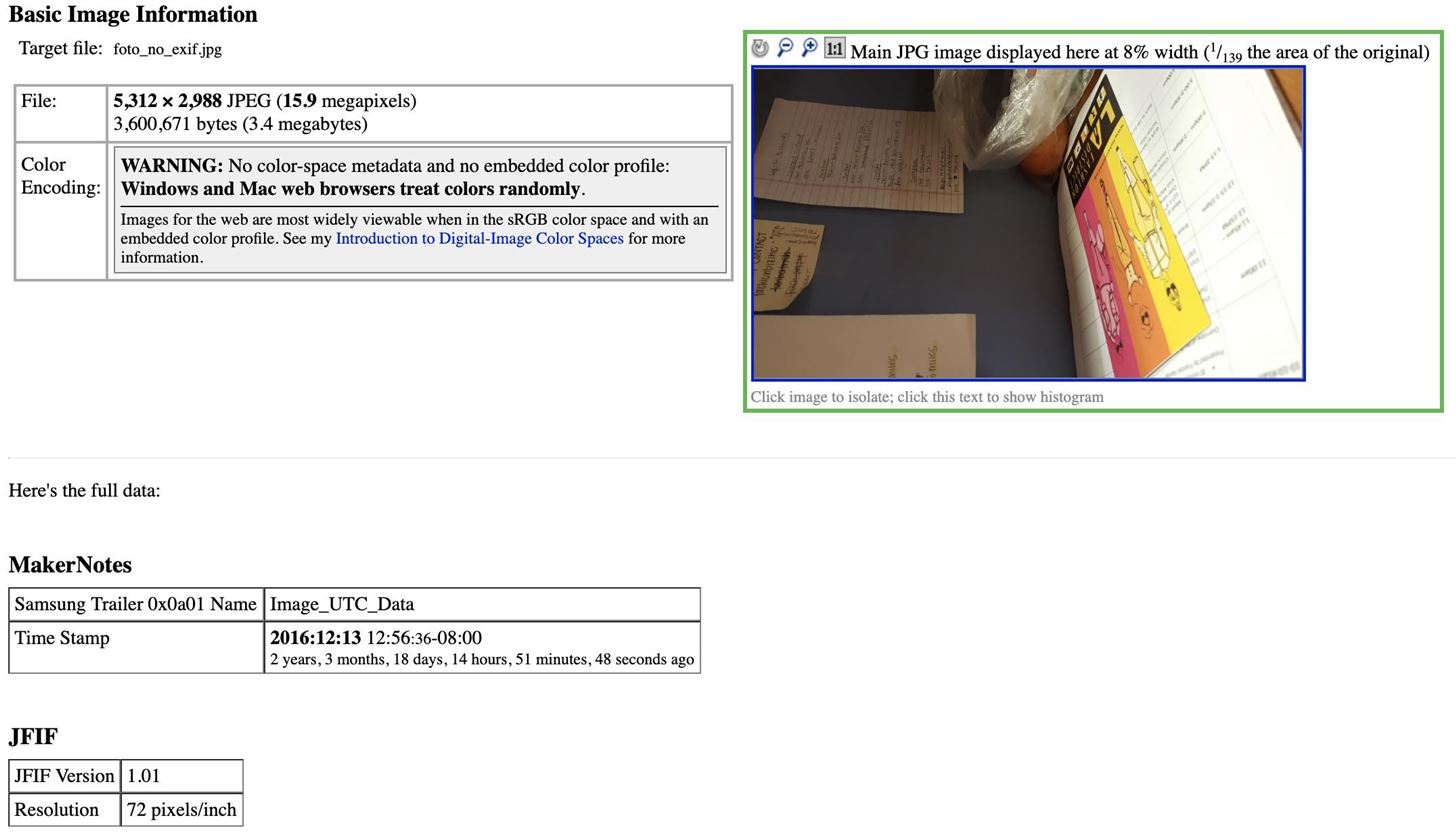
It can be saved either in JPEG, TIFF, and DNG files, or as a separate XMP file when you are working with RAW files. Metadata contains information about all post-processing manipulations. You will also see a thumbnail of the picture. If you use Adobe software, such as Photoshop or Lightroom, EXIF info will provide you with information about the camera settings and the steps made during post-processing (XMP Data). Such formats as GIF and PNG do not usually support this feature. However, only JPEG files allow reading metadata. Scan the list of extensions until you find the one you want to remove. Select Extensions in the left hand sidebar.

Choose Add-ons (you can also use the keyboard shortcut Command-Shift-A). This knowledge is very important not only for amateurs but also for more experienced photographers who want to know what equipment a shooter used for capturing a particular picture. Click on the three horizontal lines at the top right of the page. This is a handy feature when you are searching for images taken with a particular lens, camera, or using certain configurations.įor novices, this is a great opportunity to see what configurations were used in a particular photo, since metadata stores information about processing, color adjustment actions, and even filters that were applied.

You can select the files you want to read about. Press the header to check what kind of info the program can reveal.

Click on the tab to see a pull-down menu. Launch Lightroom, head to Library Module, find a Metadata tab in the Filter bar for learning more info about a file.


 0 kommentar(er)
0 kommentar(er)
